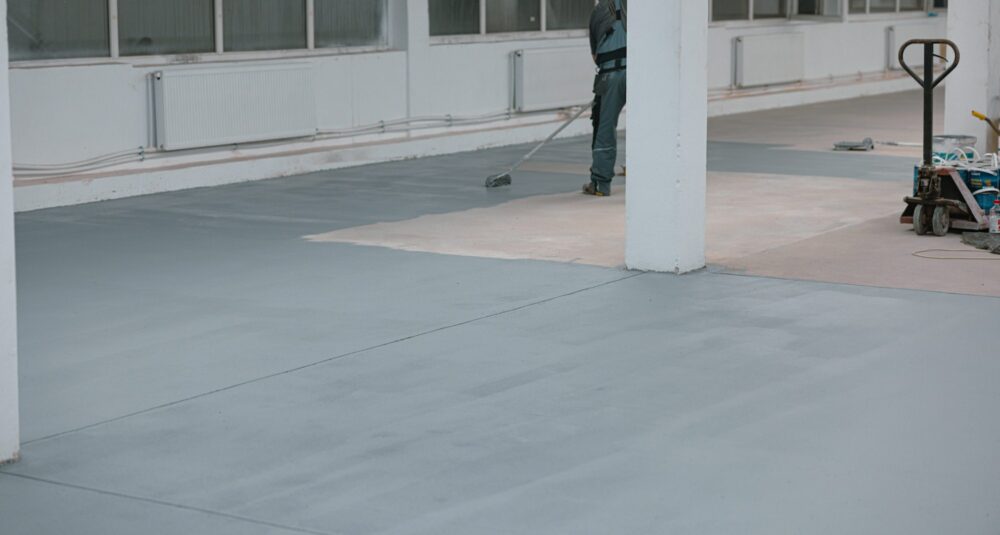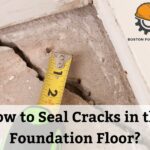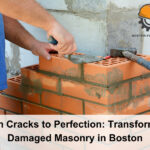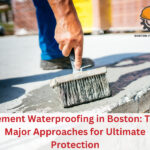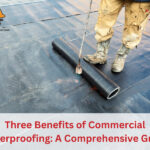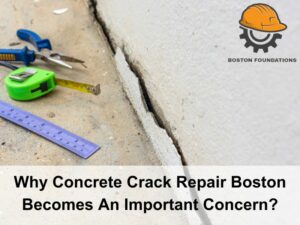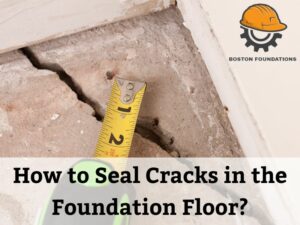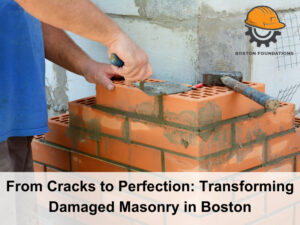In this article, we will explore the best waterproofing systems for basements to help you make an informed decision for your property.
Interior Waterproofing: Keep Moisture at Bay
Interior waterproofing is a popular and cost-effective solution for keeping your basement dry. This method focuses on sealing any cracks, gaps, or other entry points for water inside the basement.
Sealants and Coatings
One effective interior waterproofing technique is the application of sealants and coatings. These materials are typically applied to walls and floors, creating a barrier that prevents moisture from entering the basement. Some common sealant options include epoxy, polyurethane, and acrylic-based products.
Water-Resistant Paint
Another interior waterproofing option is using water-resistant paint. This paint contains specialized additives that help repel water and reduce humidity levels in the basement. While it won’t stop water intrusion completely, it’s a valuable addition to a comprehensive waterproofing strategy.
Exterior Waterproofing: An Effective Barrier Against Water
Exterior waterproofing is a more comprehensive and long-lasting solution that aims to prevent water from entering the basement in the first place. It typically involves excavating the soil around your home’s foundation and applying waterproofing materials to the exterior walls.
Waterproof Membranes
A waterproof membrane is a high-quality material applied to the exterior foundation walls. This membrane forms a watertight barrier that prevents water from seeping through the foundation. These membranes are typically made from rubberized asphalt or polymer-based materials and are highly effective at keeping your basement dry.
Drainage Systems
Proper drainage is crucial in preventing basement water issues. Installing a drainage system around your home’s foundation is an essential component of exterior waterproofing. A perforated drainpipe is installed at the base of the foundation and is surrounded by a layer of gravel to facilitate water flow away from your home.
Sump Pumps: A Powerful Ally in Basement Waterproofing
A sump pump is an essential component of any basement waterproofing system. This device is installed in a sump basin, typically in the lowest part of the basement. It collects and pumps out excess water, helping to prevent flooding and water damage.
Submersible Sump Pumps
Submersible sump pumps are designed to be fully submerged in water. They are quiet, efficient, and have a longer lifespan compared to pedestal pumps. These pumps are ideal for basements that experience frequent or significant water infiltration.
Pedestal Sump Pumps
Pedestal sump pumps are mounted above the sump basin, with a long pipe extending into the water. They are generally more affordable and easier to maintain than submersible pumps but tend to be noisier and less efficient. Pedestal pumps are a suitable option for basements with occasional water intrusion.
Dehumidifiers: Essential for a Healthy Basement
A dehumidifier is a crucial element in maintaining a healthy and comfortable basement environment. It removes excess moisture from the air, helping to prevent mold growth and improve air quality. Choose a dehumidifier with sufficient capacity for your basement’s size and humidity levels.
In Conclusion: Choose the Right Waterproofing System for Your Basement
To ensure a dry and healthy basement, it’s essential to select the right waterproofing system based on your specific needs and circumstances. By evaluating the best waterproofing options and choosing a comprehensive solution, you can protect your home’s value and enjoy a comfortable living space for years to come.

